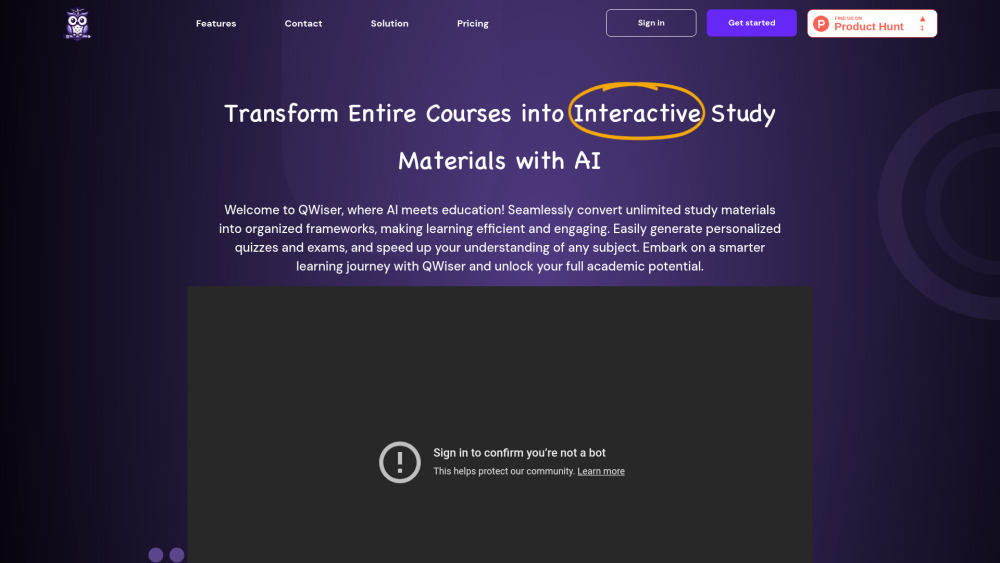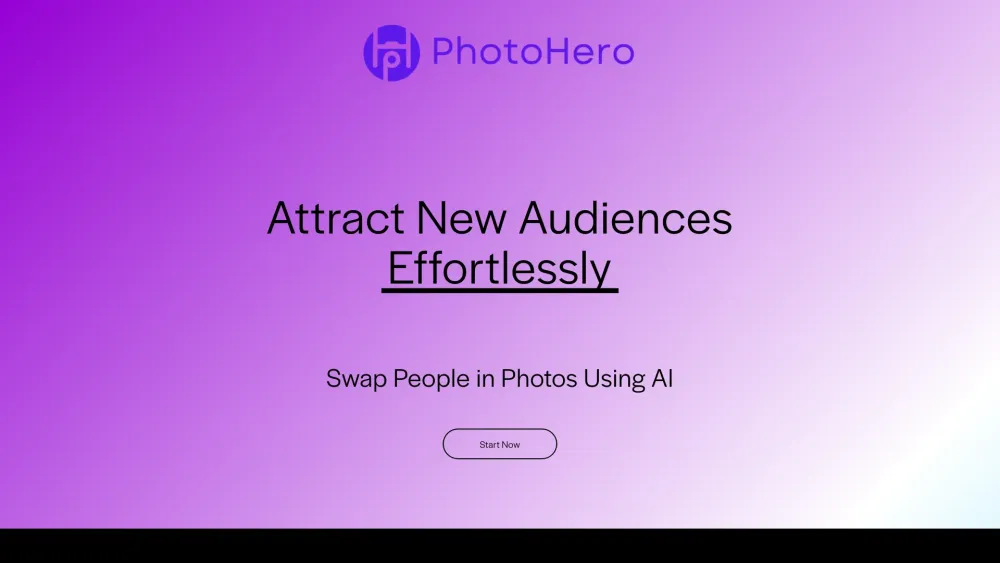We conducted an in-depth exploration of the AI chatbot, ChatGPT, to uncover its generative capabilities and underlying mechanisms. If you’re curious about how it operates, read on.
Understanding ChatGPT
ChatGPT, alongside platforms like Google and Wolfram Alpha, engages users through a simple text input box but differs in how it processes and responds. While Google generates search results from a vast database and Wolfram Alpha delivers answers to specific mathematical queries, ChatGPT interprets user intent to create contextually relevant responses. For instance, it can craft stories or generate code snippets—tasks that are beyond the scope of Google and Wolfram Alpha.
ChatGPT’s Operation Stages
To grasp how ChatGPT functions, it's useful to outline two main operational phases: the pre-training phase (data collection) and the inference phase (user response). The scalability of its generative AI capabilities stems from recent advancements in hardware technology and cloud computing.
Pre-Training Approaches: Supervised vs. Unsupervised
Prior to current generative AI systems, most relied on supervised learning, where models were trained on labeled datasets, linking specific inputs with outputs. This method, while effective for structured tasks like classification, limits scalability because it requires extensive human input to predict all possible interactions.
In contrast, ChatGPT employs unsupervised training, allowing it to analyze vast datasets without predefined outputs. This approach enables the model to uncover hidden patterns and structures, vital for grasping natural language syntax and semantics, thus facilitating coherent text generation.
Transformer Architecture
At the core of ChatGPT lies the transformer architecture, a neural network designed for natural language processing. Transformers utilize "self-attention" to evaluate the significance of words within a sequence, much like how a reader connects context across sentences.
The architecture consists of multiple layers, including self-attention and feed-forward layers, enabling the model to learn relationships among words effectively. During training, the transformer updates its parameters based on the accuracy of its predictions, enhancing its understanding of language context.
ChatGPT's Training Dataset
ChatGPT is built on the GPT-3 architecture, leveraging a substantial dataset known as WebText2, which encompasses over 45TB of text. This extensive training allows it to identify patterns and relationships within language, optimizing its performance in generating relevant answers.
In addition to WebText2, ChatGPT has been fine-tuned with various conversational datasets, enhancing its ability to respond naturally in dialogue. Notable datasets utilized include:
- Cornell Movie Dialogs Corpus: Contains over 200,000 exchanges from movie scripts.
- Ubuntu Conversation Corpus: Features over one million technical support dialogues.
- DailyDialog: Encompasses human conversations on diverse topics, tagged for emotional context.
The combination of these datasets ensures that ChatGPT can provide engaging and contextually appropriate responses.
The Role of Human Involvement
While unsupervised pre-training allows for scalability, human annotators have played a crucial role in refining ChatGPT's performance. Through techniques like reinforcement learning from human feedback (RLHF), trainers have supervised model adjustments, enhancing its responsiveness to user inquiries.
Natural Language Processing (NLP)
Natural Language Processing (NLP) enables computers to understand and generate human language, an essential technology as digital communication grows. NLP enhances various applications, including sentiment analysis and chatbots, allowing businesses to automate tasks and improve customer service.
However, the ambiguity of human language presents challenges, as NLP algorithms must be trained on extensive datasets to recognize linguistic patterns effectively. Continuous updates are necessary to adapt to evolving language use.
Dialogue Management
ChatGPT expertly manages dialogues by maintaining the context of ongoing conversations and providing personalized follow-up questions. This dialogue management fosters trust and engagement with users, crucial for achieving effective interactions.
In summary, while this overview scratches the surface of ChatGPT's internal workings, it highlights the significance of data-driven learning and the innovative architecture that powers its capabilities.
Ultimately, ChatGPT stands out for its unique ability to engage in fluid, human-like conversations, responding creatively to a wide range of topics.
Are you using ChatGPT? What questions do you have about its functions?






